A Visual Guide to Our Solar System [Infographic]
Our solar system is a 4.57 billion years old planetary system that includes a central star and all the natural space objects (planets) orbiting the Sun.
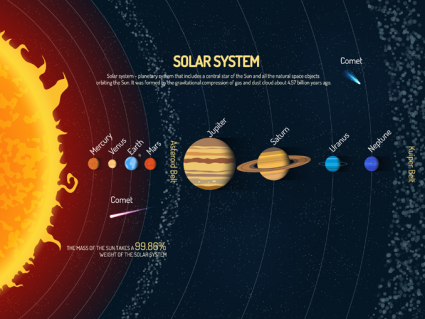
Our solar system is a 4.57 billion years old planetary system that includes a central star and all the natural space objects (planets) orbiting the Sun.

Near Earth Objects (NEO) are debris in space at risk colliding with Earth. Asteroids, comets and meteors pose potential risk to Earth.
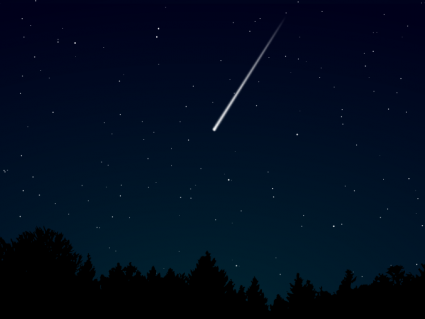
Their difference is location. Meteoroids are up in the sky. Meteors fall to Earth and flash light breaking down in the atmosphere. Meteorites are on Earth.

Asteroids are odd-shaped rocks made of metal and other elements. There are about 100,000 known asteroids mostly in the asteroid belt between Mars & Jupiter.
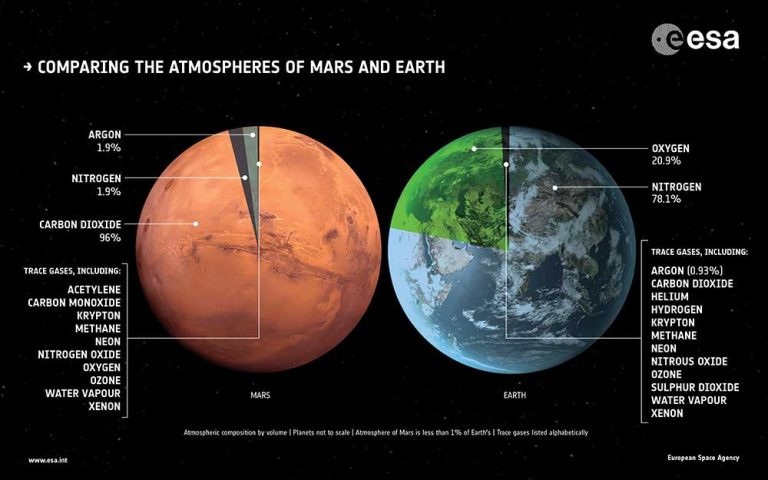
Carbon dioxide dominates Mars atmosphere. But Earth is rich in nitrogen and oxygen. Mars has a much thinner atmosphere. In fact, Earth is 100x denser.
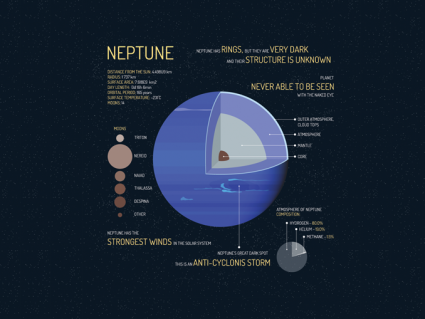
Planet Neptune is the farthest planet from the sun at 4.495 billion kilometers from the sun. Neptune has some remarkable facts like its 14 moons and tilt.
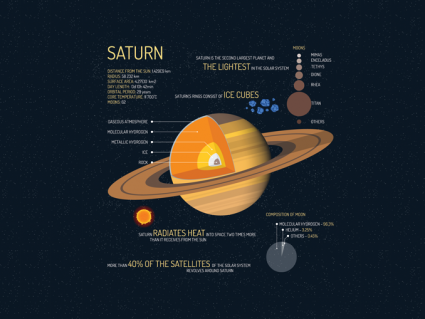
We all know planet Saturn for its iconic rings. But there’s more facts about Saturn like its weather, Titan and its the lightest planet in the solar system.
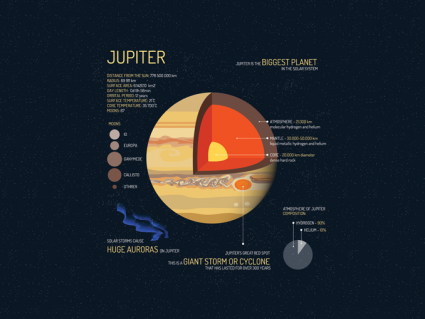
The gas giant known as Jupiter is the largest planet in our solar system. Other interesting facts include its 79 moons, weather patterns and huge auroras.
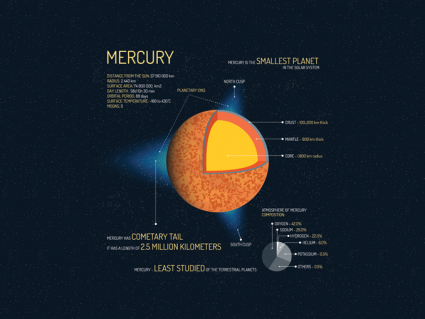
Not only is planet Mercury the closest to the sun, but it has extreme temperatures. Facts about Mercury: Its long comet-like tail, craters and unusual orbit
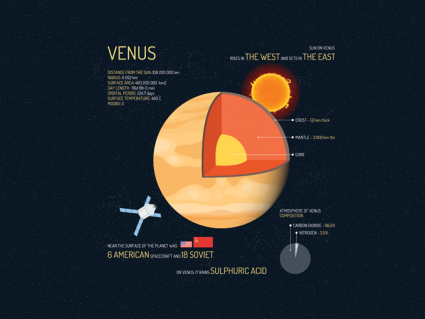
Planet Venus neighbors the Earth. It’s the second planet closest the sun. Other facts include its counterclockwise rotation and how it rains sulfuric acid.
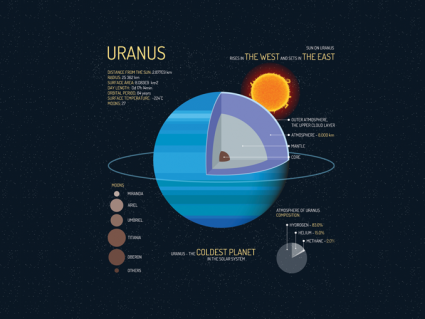
Planet Uranus is the coldest and has the 3rd largest radius for any planet in the solar system. It’s tilted at more 90°, it has faint rings and has 27 moons.
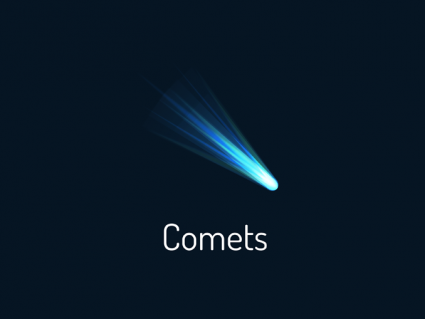
Comets are balls of frozen gases mixed with pieces of rocks, water and ice. There are only a hundred or so named comets and a bit over 3500 known comets.
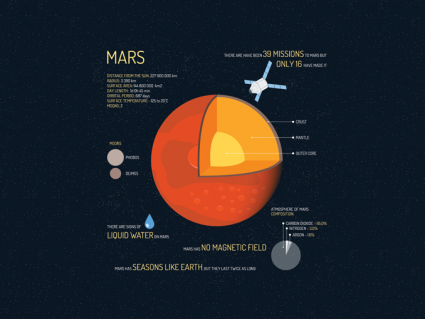
In terms of space exploration, Mars has been the greatest frontier for discovery. From its red color to marsquakes, here are 15 remarkable facts about Mars.